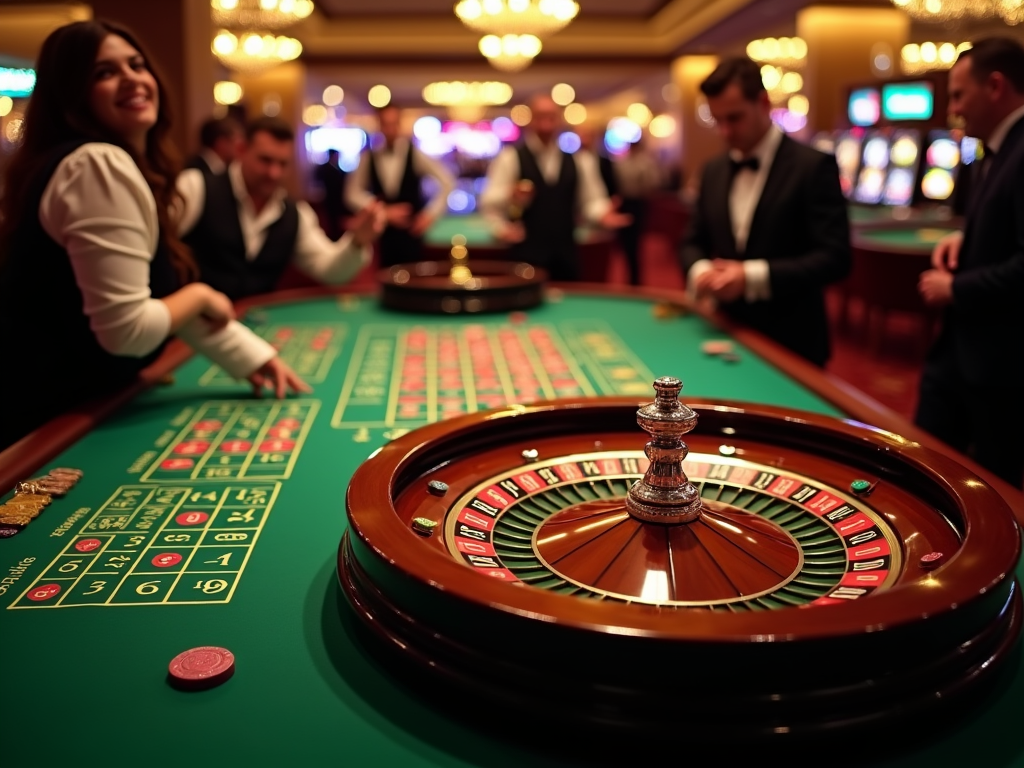Understanding Roulette Vocabulary for Smarter Gameplay
Roulette’s specialized vocabulary provides players with essential knowledge for making smart bets and understanding the fast-paced action of the casino floor. From the names of specific bets to rules and procedures, this terminology forms the foundation for successful and confident play at any roulette table.
Key Takeaways
- The roulette wheel comes in two main variants: European (37 pockets) and American (38 pockets), with different house edges of 2.70% and 5.26% respectively.
- Inside bets offer higher payouts (up to 35:1) but lower odds, while outside bets provide better winning chances with more modest returns.
- French Roulette features special rules like La Partage and En Prison that reduce the house edge to 1.35% on even-money bets.
- Call bets and neighbor options allow players to execute advanced betting strategies on specific wheel sections.
- Casino protocols include strict equipment maintenance, betting limits, and comp systems to ensure fair play and reward regular players.
Roulette Vocabulary for Every Player
Whether you’re a beginner or an experienced gambler, mastering the terminology in roulette is a key to confident gameplay. Every term used at the roulette table directly connects to a specific action, strategy, or outcome, making it important to understand them in context.
Variants and House Edge
The most noticeable differences in roulette variants are found in the wheel layout:
- European Roulette: Features a single zero (0) and has 37 numbered pockets. The house edge is 2.70%.
- American Roulette: Includes both a single zero (0) and double zero (00), with 38 pockets in total. This increases the house edge to 5.26%.
Types of Bets
Understanding different bet types is crucial to applying the right strategy:
- Inside Bets: Placed directly on numbers or small groups of numbers. Examples include straight-up, split, street, corner, and six-line bets. These pay higher (up to 35:1) but have lower chances of winning.
- Outside Bets: Placed on larger betting areas like Red/Black, Odd/Even, High/Low. While the returns are smaller (1:1 or 2:1), the chances of hitting are better.
Advanced Betting Terms
Seasoned players often use more complex betting systems:
- Call Bets: Also known as announced bets. These include sets like Voisins du Zéro, Tiers du Cylindre, and Orphelins that cover specific wheel sections.
- Neighbor Bets: Variants of call bets where you wager on a number and its 2 adjacent neighbors on either side of the wheel layout.
French Roulette Rules
French Roulette adds rules that reduce the house edge:
- La Partage: If the ball lands on zero, players lose only half of their even-money bets.
- En Prison: The even-money bet is “imprisoned” if zero is hit, and may be recovered if the next spin wins.
Casino Procedures and Player Benefits
Modern casinos uphold integrity and consistency through enforcement of rules and operations, such as:
- Equipment Maintenance: Roulettes wheels are inspected and maintained regularly to prevent bias.
- Betting Limits: Casinos set table minimums and maximums to manage risk and increase table accessibility.
- Comps and Loyalty Rewards: Players may receive points or rewards based on their level and frequency of play.
Building Fluency Through Practice
By consistently practicing with roulette terminology, players strengthen their decision-making and strategic approach. A deep understanding of these terms helps break down complex betting patterns, enhances fluency at the tables, and boosts overall confidence whether playing at land-based or online casinos.
To explore these terms in action, consider watching real table gameplay videos such as this example:
https://www.youtube.com/watch?v=zcLZ7WXdjjc
The Essentials of Roulette Equipment
The foundation of every roulette game starts with precision-crafted equipment that makes betting and gameplay possible. At the heart of it all is the iconic roulette wheel, featuring either 37 numbered pockets (European style) or 38 pockets (American style) that include numbers 1-36 plus a single zero or both zero and double zero.
Core Components of the Game
A small but mighty Teflon or resin ball, measuring between 18-21mm in diameter, creates the signature suspense as it spins around the wheel. I’ve noticed how this seemingly simple sphere can create such intense anticipation as players watch it bounce and settle into its final resting spot in roulette betting action.
The playing surface itself is a work of art – a green felt table layout with strategically placed numbered grids and betting areas. This carefully designed surface helps players:
- Place inside bets on specific numbers or number combinations
- Make outside bets on larger groups like red/black or odd/even
- Track their wagers across different betting sections
- Understand payout zones and special betting areas
Color-coded chips are a smart solution for keeping track of different players’ bets. Each player gets their own unique color, which eliminates confusion when multiple bets are placed in the same area. The croupier uses a special tool called a dolly marker to clearly show everyone at the table which number has won.
The physical setup of roulette equipment isn’t just about looks – it’s about creating a smooth, fair gaming experience. Each component works in perfect sync with the others, from the precisely balanced wheel to the carefully weighted ball, ensuring that every spin delivers genuine random results.
Understanding Different Roulette Variants
I’ve found that mastering roulette starts with knowing the key differences between its main versions. Different roulette variations offer unique betting opportunities and house edges that can significantly impact your gaming experience.
European and American Roulette Distinctions
European Roulette stands as a classic choice with 37 pockets, including numbers 1-36 and a single zero (0). This setup creates a house edge of 2.70%, making it a popular pick for players seeking better odds.
American Roulette adds an extra pocket – the double zero (00) – bringing the total to 38 pockets. While this might seem like a small change, it strongly pushes the house edge up to 5.26%, nearly doubling your statistical disadvantage compared to European Roulette.
French Roulette and Its Special Rules
French Roulette matches European Roulette’s 37-pocket layout but introduces two player-friendly rules that set it apart. The La Partage rule returns half your stake on even-money bets if the ball lands on zero. Meanwhile, the En Prison rule gives you a second chance by ‘imprisoning’ your even-money bet for another spin when zero hits.
These special rules cut the house edge to 1.35% on even-money bets, making French Roulette particularly attractive for players who stick to outside bets like red/black, odd/even, or high/low. Here’s what you’ll typically find on even-money bets:
- Red or Black (Rouge ou Noir)
- Odd or Even (Pair ou Impair)
- High or Low (Passe ou Manque)
- Dozens (Premier, Moyen, Dernier)
- Columns (Three vertical lines of numbers)
By understanding these variations, you’ll be better equipped to choose the version that best matches your playing style and risk tolerance. The reduced house edge in French Roulette makes it particularly appealing for those focused on maintaining their bankroll through even-money bets.
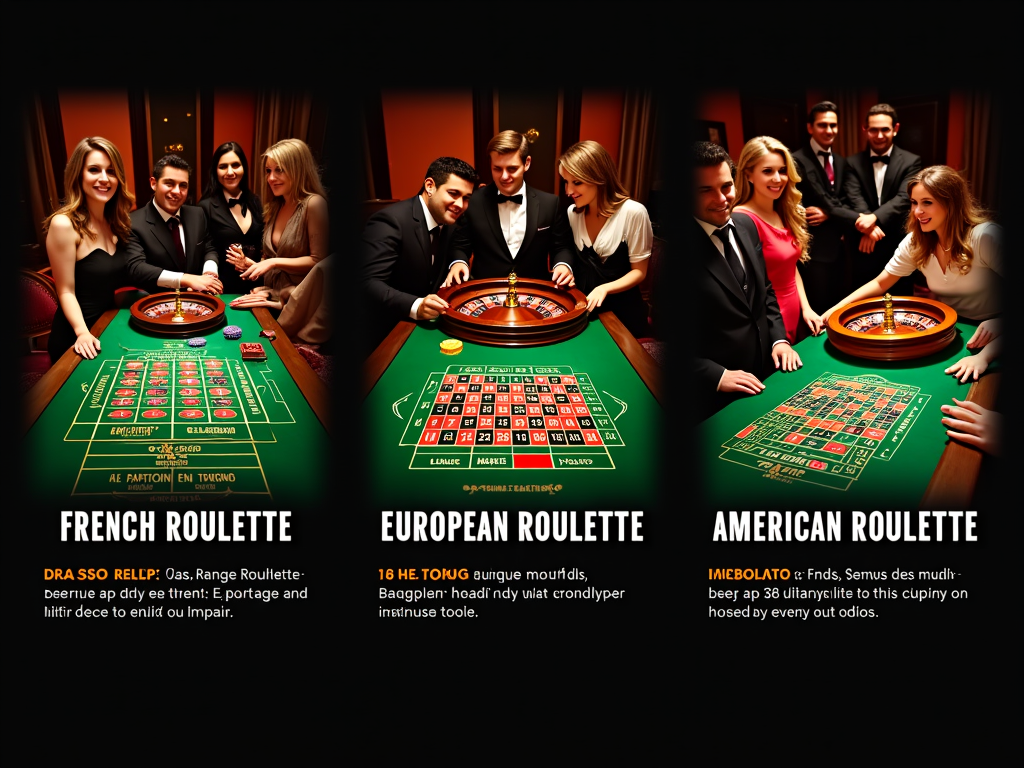
High-Risk, High-Reward Inside Bets
Single Number Strategies
Let me show you how to place high-risk roulette bets that could lead to substantial payouts. The Straight Up bet stands out as the boldest move, where I’d place chips directly on a single number. This gutsy play delivers an impressive 35:1 payout – meaning a $10 bet could turn into $350 if luck’s on your side.
For slightly better odds but still exciting returns, I’d consider the Split bet. By positioning chips on the line between two adjacent numbers, you’re looking at a 17:1 payout. The Street bet offers another thrilling option – covering three consecutive numbers in a row nets you an 11:1 return on your investment.
Multiple Number Combinations
Corner bets pack plenty of punch while spreading risk across four numbers. I place chips at the intersection where four numbers meet, creating a square pattern. This strategic move comes with an 8:1 payout ratio. The Six Line bet expands coverage to six numbers across two rows, offering a 5:1 payout.
Here’s a breakdown of the key inside bets I recommend trying:
- Straight Up (Single Number): 35:1 payout
- Split (Two Numbers): 17:1 payout
- Street (Three Numbers): 11:1 payout
- Corner (Four Numbers): 8:1 payout
- Six Line (Six Numbers): 5:1 payout
For American roulette players, there’s also the Five-Number bet covering 0, 00, 1, 2, and 3. While it might seem attractive, I should point out it carries the highest house edge at 7.89% with a 6:1 payout. I’d suggest steering clear of this particular bet since other options offer better value for your money.
Popular Outside Bets and Odds
Let me break down the most common outside bets in roulette betting strategies that’ll help you make smarter choices at the table. Outside bets are perfect for beginners since they offer better winning chances, though with more modest payouts.
Types of Outside Bets
Red/Black, Odd/Even, and High/Low bets are the foundation of outside betting. These even-money wagers give you almost a 49% chance of winning on European wheels, making them ideal for steady gameplay. I’ve found these bets particularly useful for players who want to extend their playing time while managing their bankroll carefully.
Here’s what you need to know about the main outside betting options:
- Red/Black: Place your bet on either all red or all black numbers
- Odd/Even: Bet on whether the winning number will be odd or even
- High/Low: Choose between numbers 1-18 (Low) or 19-36 (High)
- Dozen Bets: Pick one of three groups (1-12, 13-24, or 25-36) for a 2:1 payout
- Column Bets: Select one of three vertical columns for a 2:1 return
Each dozen and column bet covers 12 numbers, offering you a decent balance between risk and reward. While these bets won’t make you rich quickly, they’re excellent for building confidence and understanding the game’s rhythm.
The key advantage of outside bets lies in their probability. With nearly 49% odds on even-money bets, you’re getting some of the best chances of winning in any casino game. Dozen and column bets might offer slightly lower probability, but they compensate with higher 2:1 payouts.
Remember that the house edge remains constant regardless of which outside bet you choose. The green zero pocket (and double zero on American wheels) gives the casino its advantage, slightly reducing your theoretical winning probability from 50% to 48.65% on even-money bets.
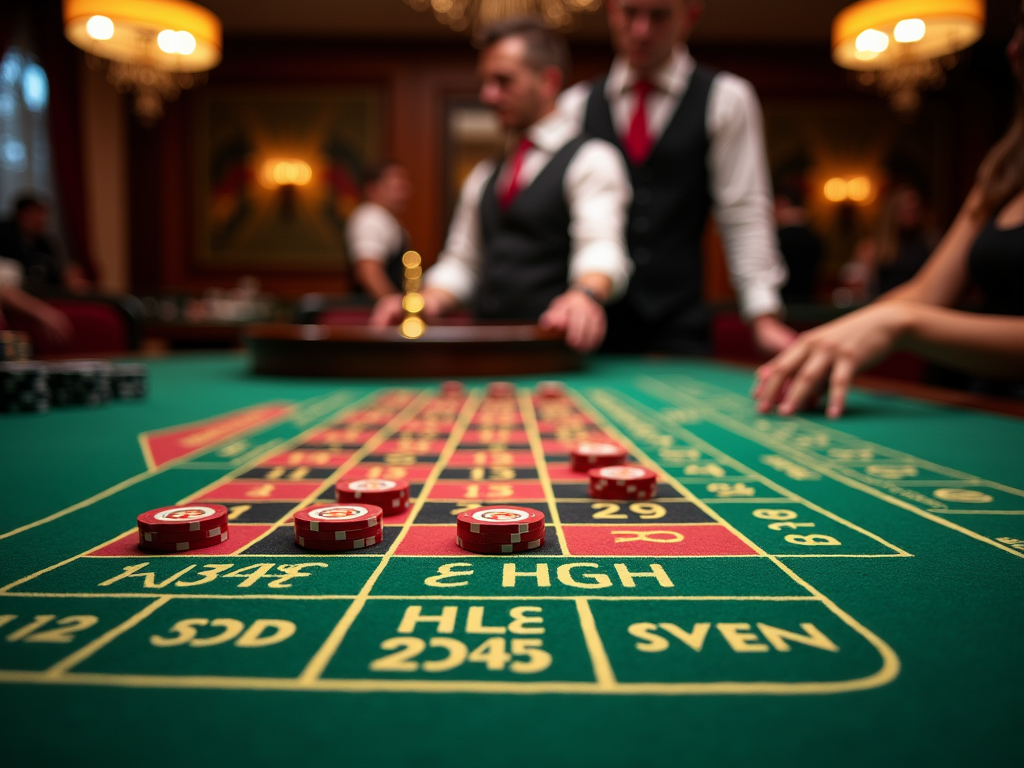
Advanced Betting Options and Terms
Let me break down the more sophisticated betting options you’ll encounter at the roulette table. These advanced bets open up exciting possibilities for creating dynamic betting patterns and managing your bankroll effectively.
Call Bets and Neighbor Options
Call bets are verbal wagers I place with the dealer without directly putting chips on the betting layout. Here’s what you need to know about the main types of call bets:
- Voisins du Zero (Neighbors of Zero) – This bet covers 17 numbers on the wheel, spanning from 22 to 25 on the wheel layout. It’s a substantial section that includes zero and its neighboring numbers.
- Tiers du Cylindre (Thirds of the Wheel) – Covering 12 numbers on the opposite side of the wheel from zero, this bet includes numbers from 27 to 33 on the wheel layout. I find this particularly useful when looking to cover a specific section of the wheel.
- Orphelins (Orphans) – This bet covers 8 numbers in two discrete sections of the wheel that aren’t included in the other called bets. It’s perfect for targeting these often-overlooked numbers.
Neighbor bets add another layer of strategy to roulette betting options for consistent wins. These bets cover a specific number plus two numbers on either side of it on the wheel. For example, if I bet on 17 with two neighbors, I’m actually betting on 25, 17, and 34.
Action in roulette refers to the total amount of money wagered during a session. Understanding this term helps me track my betting volume and manage my bankroll more effectively.
Some players attempt Visual Wheel Tracking – observing the wheel’s spin patterns to predict where the ball might land. While this method isn’t reliable due to modern wheel designs and randomization features, it’s still part of roulette terminology you might hear at the tables.
These advanced betting options create opportunities for more strategic play, but they also require careful bankroll management and a solid understanding of the game’s mechanics. I always recommend mastering the basic bets before exploring these more complex wagering patterns.
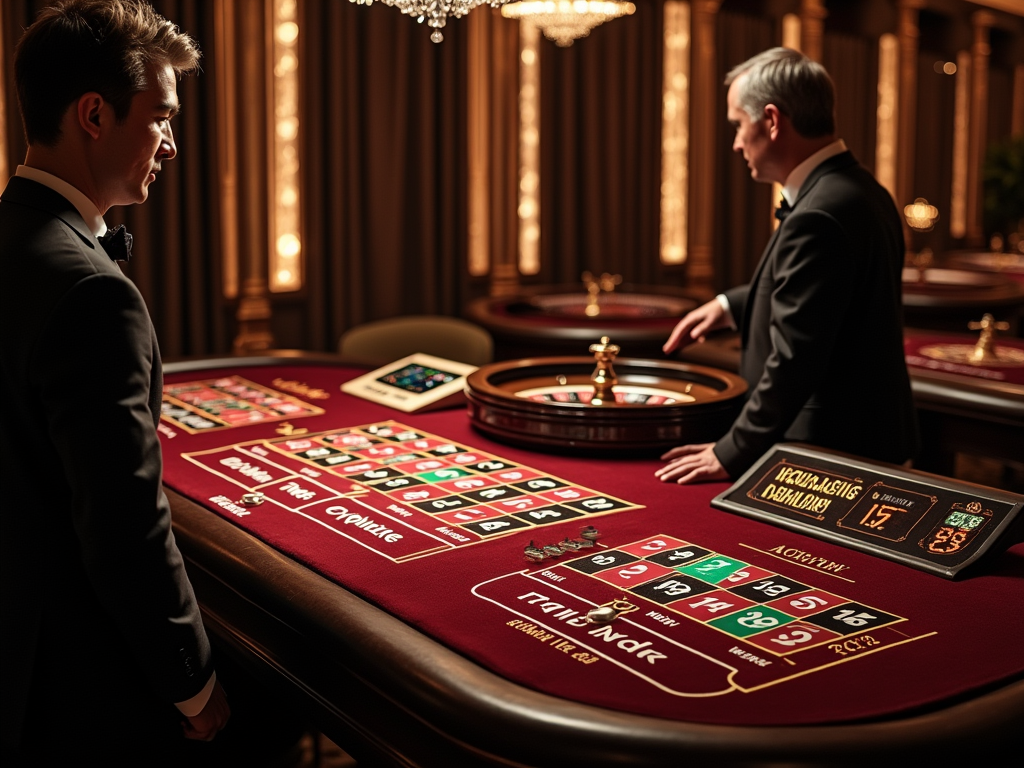
Casino Operations and Procedures
The croupier is the driving force behind every roulette game, controlling gameplay flow and managing all payouts with precision. I’ve noticed that successful croupiers blend efficiency with hospitality, creating an engaging atmosphere while maintaining strict gaming standards.
Key Casino Protocols
French phrases echo across casino floors during roulette games, adding a touch of sophistication to the gaming experience. Here are the essential announcements you’ll hear during gameplay:
- “Faites vos jeux” (Place your bets) – Signals the start of betting
- “Rien ne va plus” (No more bets) – Marks the end of betting before the spin
- “Les jeux sont faits” (All bets are placed) – Confirms betting is closed
- Color and number announcements after the ball lands
Each roulette table sets specific betting limits to manage risk and ensure fair play. These limits vary between casinos and table types – you’ll find higher limits in VIP areas and more modest ones in standard gaming sections.
I’ve found that casinos take several steps to maintain game integrity. Regular wheel maintenance includes:
- Daily balance checks
- Weekly calibration tests
- Monthly comprehensive inspections
- Immediate attention to any mechanical issues
The comp system plays a vital role in casino operations. Players receive points based on their betting volume and time spent at the tables. These points can lead to perks like:
- Free hotel stays
- Complimentary meals
- Exclusive event invitations
- Special tournament entries
The croupier must stay alert to potential chip-related issues, watching for proper bet placement and preventing late bets. They’re also responsible for tracking player activity for the comp system while maintaining game speed and accuracy.
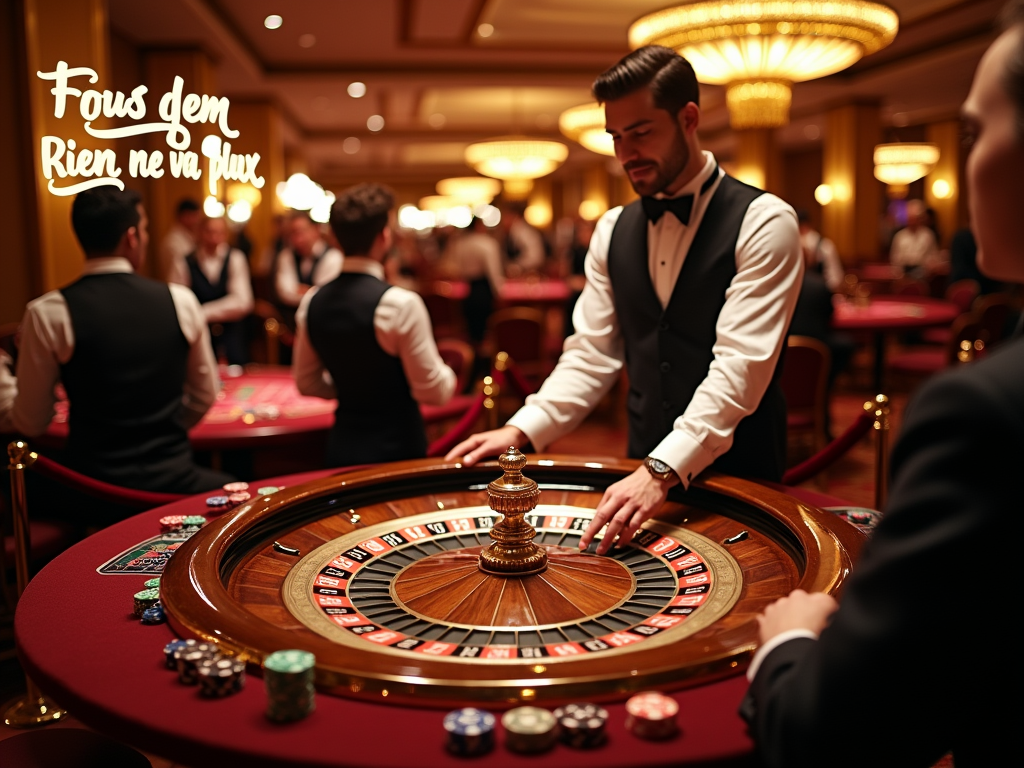
Sources:
Casino Org: Roulette Guide – How to Play the Casino Classic
Wikipedia: Roulette
John Scarne: Scarne’s New Complete Guide to Gambling
888 Casino Blog: Roulette Glossary of Terms: The Ultimate Guide to Roulette Lingo

